An Eco-friendly Wood Finish Alternative
ross939
13 years ago
Featured Answer
Sort by:Oldest
Comments (11)
User
13 years agobobismyuncle
13 years agoRelated Professionals
Wadsworth Cabinets & Cabinetry · Daly City Carpenters · Fair Oaks Carpenters · North Hollywood Carpenters · Alexandria Flooring Contractors · Arlington Heights Flooring Contractors · Freeport Flooring Contractors · Louisville Flooring Contractors · Stamford Flooring Contractors · Cocoa Flooring Contractors · Tulsa Furniture & Accessories · Annandale Furniture & Accessories · Hoffman Estates Furniture & Accessories · Pleasant Grove Furniture & Accessories · Kendall Furniture & Accessoriesaidan_m
13 years agobcrane1_comcast_net
13 years agoaidan_m
13 years agobrickeyee
13 years agobobismyuncle
13 years agobrickeyee
13 years agosloyder
12 years agobobismyuncle
12 years ago
Related Stories
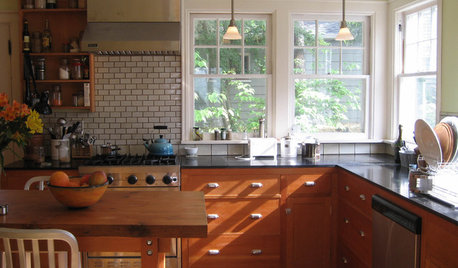
KITCHEN DESIGNKitchen of the Week: A Warm and Eco-Friendly Update
A Seattle Couple Remodels Their 1920s Kitchen With Reclaimed and Salvaged Materials
Full Story
GARDENING AND LANDSCAPINGGuest Picks: 20 Eco-Friendly Playhouses
Fun and recyclable children's forts for indoor and outdoor play
Full Story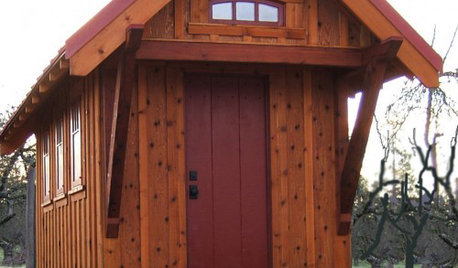
SMALL HOMESHouzz Tour: A Tiny, Happy, Eco-Friendly Home
Think your house is small? Try finding all the space you need in 120 square feet
Full Story
GARDENING GUIDESGarden-Friendly Native Alternatives to Overplanted Exotics
There are lots of gorgeous, wildlife-friendly native plants ready to make an appearance in your garden
Full Story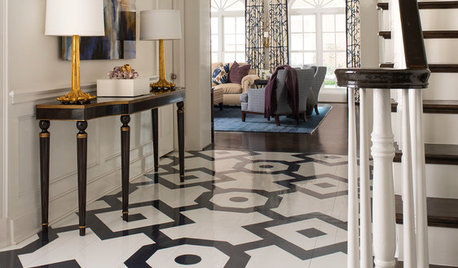
FLOORS6 Alternative Flooring Ideas to Kick Up Your Style
Rubber, cork, concrete and other materials are worthy options in lieu of hardwood or tile
Full Story
LANDSCAPE DESIGN7 Low-Maintenance Lawn Alternatives
Turf isn't the only ground cover in town. Get a lush no-grass lawn with clover, moss and other easy-care plants
Full Story
ENTERTAININGHome Bars Tap Into Guy-Friendly Style
Belly up to rich wood, sports memorabilia and plenty of beer — pub spaces are letting guys run wild without leaving home
Full Story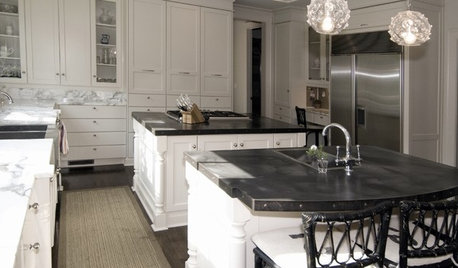
KITCHEN COUNTERTOPSKitchen Countertop Materials: 5 More Great Alternatives to Granite
Get a delightfully different look for your kitchen counters with lesser-known materials for a wide range of budgets
Full StorySponsored
Zanesville's Most Skilled & Knowledgeable Home Improvement Specialists
More Discussions






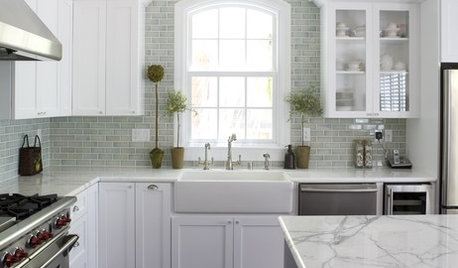
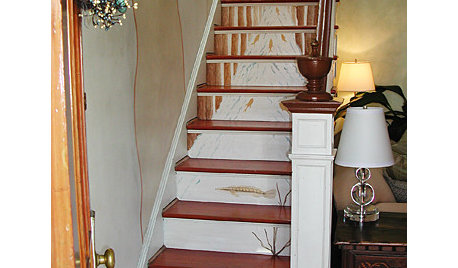



standardbrand_yahoo_com